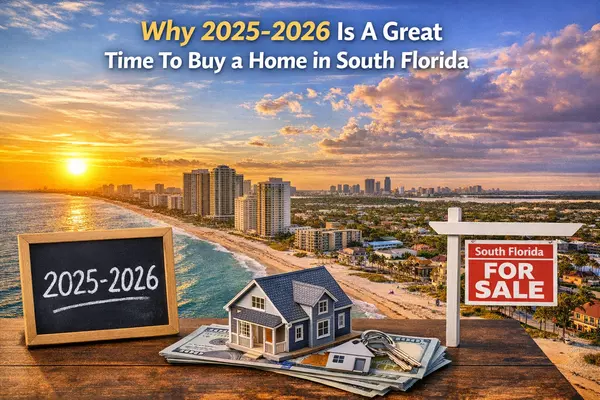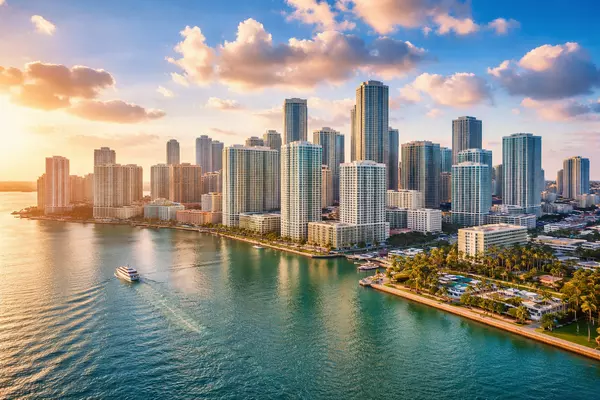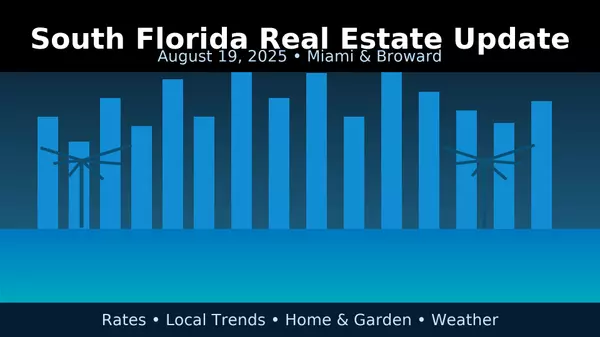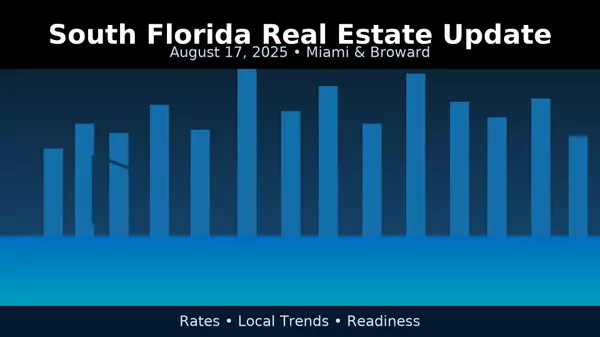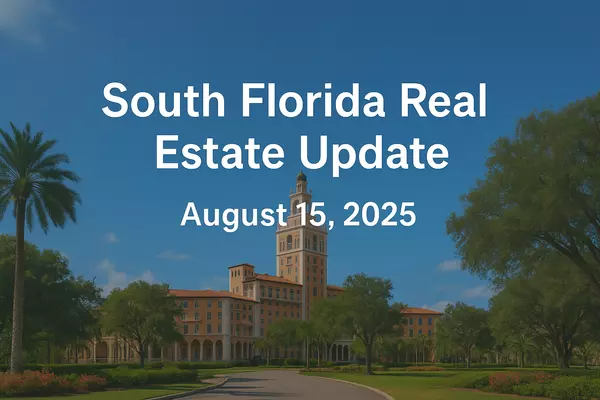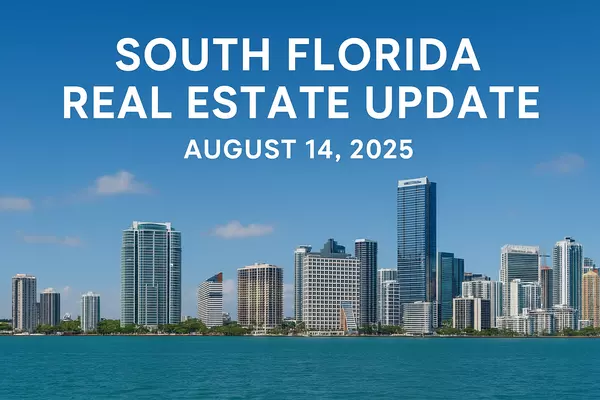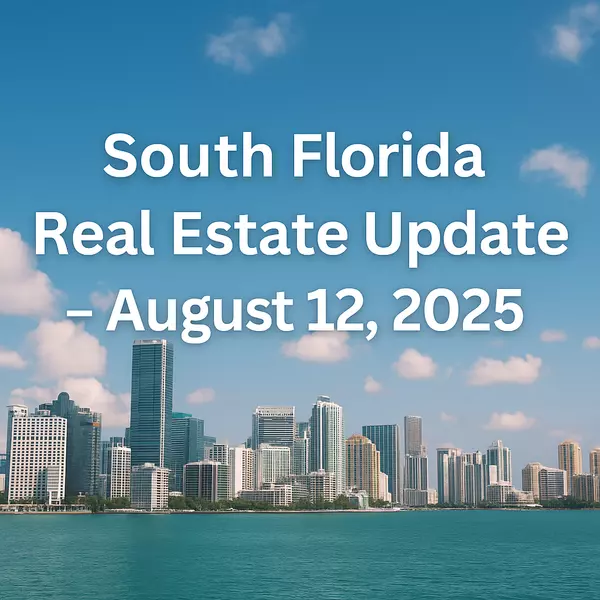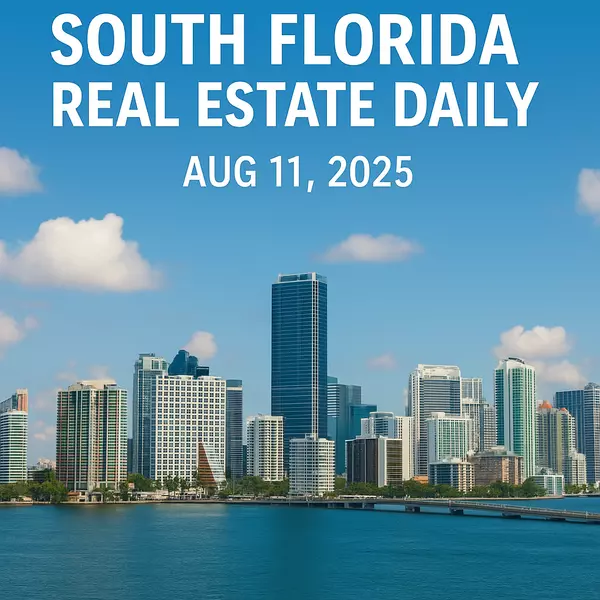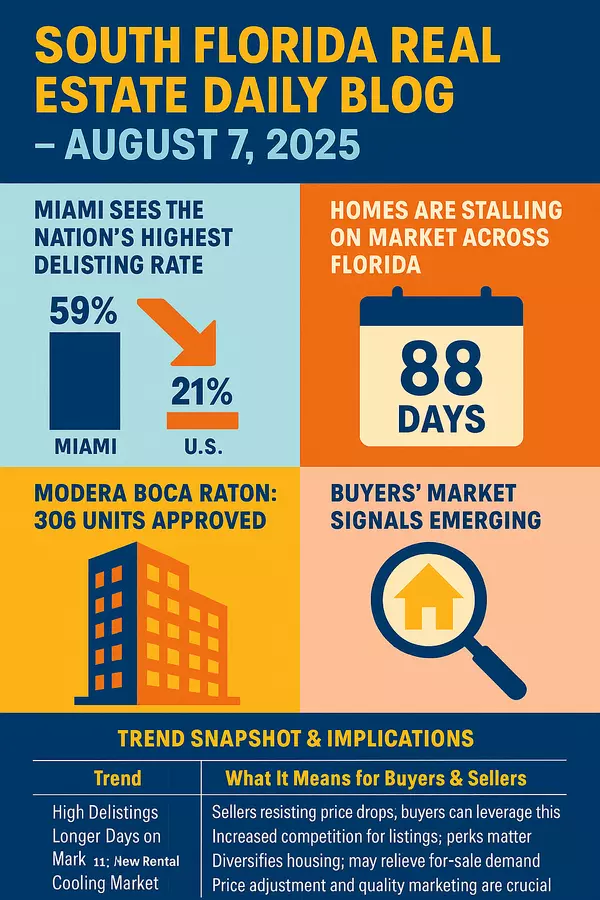The Bold And Beautiful History Of The City Of Miami Beach
Miami Beach: Unearthing the Glitz, Glamour and the Cultural Kaleidoscope
Miami Beach isn't just a stunning tropical escape, my friends. Beyond the sun-kissed beaches, glimmering waters, and skyscrapers, this city is a historical treasure trove, a cultural concoction, a palimpsest of times and eras. Let's set out on a journey together, through the Miami Beach of yesterday to its present-day allure, a paradise that continues to lure people in search of their dream homes.
Miami Beach: Unearthing the Glitz, Glamour and the Cultural Kaleidoscope
Miami Beach isn't just a stunning tropical escape, my friends. Beyond the sun-kissed beaches, glimmering waters, and skyscrapers, this city is a historical treasure trove, a cultural concoction, a palimpsest of times and eras. Let's set out on a journey together, through the Miami Beach of yesterday to its present-day allure, a paradise that continues to lure people in search of their dream homes.
When Shadows Crept In: The Mafia Era
Miami Beach, with its glittering coastline, flourishing economy, and growing reputation as a lavish playground, was not immune to the darker undercurrents of society. As the city blossomed in the 1950s and 60s, it unwittingly caught the eye of a more sinister faction - the Mafia.
Drawn by the city's allure, the glitzy lifestyle it offered, and its strategic geographic position close to Cuba and South America, the Mafia saw Miami Beach as an ideal location to extend their operations. What was once a paradise for the wealthy and influential started to double as a clandestine playground for mobsters.
Underneath the glamourous façade of Miami Beach, illicit activities began to flourish. The mob used the city as a base for a host of criminal activities, including illegal gambling, bootlegging, and narcotics trafficking. The Mafia's influence was so pervasive that it seeped into various facets of city life, tainting local businesses and public officials.
Among the notorious figures of the time, Al Capone stood out. Known as "Public Enemy Number One," Capone was a prominent figure in the Chicago mob but found in Miami Beach a perfect retreat. He turned a posh, waterfront Miami home into his personal den, a place for both relaxation and running his illicit operations. Capone's presence brought an unwelcome spotlight on Miami Beach, highlighting the city's escalating struggle with organized crime.
However, despite the darkness that the Mafia era brought, Miami Beach remained resilient. The city's inherent allure - its beautiful beaches, pleasant climate, and vibrant culture - could not be overshadowed by the mafia's activities. Moreover, local law enforcement and the federal government stepped up their efforts to combat organized crime, working tirelessly to keep the mob's influence in check.
Even during these challenging times, people continued to visit Miami Beach, drawn by its beauty and the promise of a luxurious lifestyle. The city never lost its sheen, continuing to draw investors and homebuyers, proving that its appeal went beyond the superficial glitz and glamour. The city's resilience shone through, demonstrating that even when shadows crept in, Miami Beach's true charm could never be tarnished.
A Latin Twist: Cuban Influence in the 60s
The 1960s ushered in a significant shift in the cultural fabric of Miami Beach, a time when the city's identity took on a distinctly Latin flavor. Following Fidel Castro's rise to power in Cuba, thousands of Cubans sought refuge in the United States, with many choosing to settle in Miami Beach, owing to its geographic proximity and similar tropical climate.
This influx of Cuban immigrants was more than just a demographic shift. They brought with them their rich culture, vibrant traditions, and a vivacious spirit, infusing Miami Beach with a fresh new energy. The city's music, food, and language started to reflect this influence, turning Miami Beach into a cultural mosaic where the Latin flavor was distinct and vibrant.
Areas like Little Havana and Calle Ocho became the heart of this cultural revolution. Walking down these streets felt like a journey into a slice of Cuba, with Spanish being spoken widely, the smell of Cuban coffee wafting through the air, and the strains of salsa and Afro-Cuban jazz filling the night. The colorful murals depicting scenes from Cuban life and history, coupled with locals playing dominoes in Maximo Gomez Park, were testament to a resilient community that clung to its roots while adapting to a new environment.
This era didn't just transform the cultural milieu of Miami Beach, but also its real estate landscape. The city became an even more appealing destination for home seekers, who were enchanted by this unique blend of American and Cuban lifestyles. The prospect of living in a city where one could enjoy the comforts of American life, yet be immersed in rich Hispanic culture, was a significant draw. As a result, the real estate market witnessed a surge, with a demand for homes ranging from cozy family residences to upscale condos.
In the years that followed, other Latin American communities also started calling Miami Beach their home, adding to the city's multicultural appeal. Yet, the Cuban influence of the 60s continues to be felt strongly. It was this era that sparked the transformation of Miami Beach into a multicultural haven, a place that embraced diversity and thrived on it. Today, Miami Beach is celebrated not just for its sun and sand, but also for the vibrant cultural tapestry that is interwoven into its very fabric, making it a city like no other.
# Pastel-Colored Glamour: Miami Vice and the 80s
The 1980s witnessed Miami Beach take center stage in a very different light. Television, the dominant medium of pop culture at the time, brought the city's unique charm and energy into homes across America and the world, thanks to a now-iconic show - Miami Vice.
Set against the backdrop of Miami Beach's scenic beauty, the television series went beyond the usual crime drama narratives. Miami Vice juxtaposed the city's fight against drug trafficking and organized crime with its tropical beauty, vibrant nightlife, and burgeoning real estate, painting a picture of contrast and color that was both thrilling and enticing.
The color palette used in Miami Vice became almost as famous as the show itself. The city was bathed in a dreamy wash of pastels, capturing the essence of Miami Beach's Art Deco Historic District. The sleek, pastel-colored buildings, palm-lined streets, and neon lights became synonymous with the show and, by extension, the city itself.
The Art Deco Historic District, home to hundreds of preserved 1930s architectural gems, received newfound attention and appreciation because of Miami Vice. The show highlighted these pastel-colored structures, promoting Miami Beach's cultural heritage alongside its contemporary glamour. This attention sparked a renewed interest in preserving and restoring these buildings, which today stand as a testament to the city's architectural legacy.
Moreover, Miami Vice also showcased the city's luxury real estate. The series frequently featured high-end Miami Beach homes and condos, highlighting the city's lush lifestyle. As viewers got a taste of Miami Beach's unique blend of culture, luxury, and natural beauty, the city saw a rise in its appeal as a residential hotspot.
The Miami Vice era also captured the city's vibrant nightlife - the pulsating dance clubs, waterfront restaurants, and glamorous parties. This depiction added a new layer to the city's image, one that was exciting, young, and dynamic. As a result, Miami Beach started attracting a new demographic - young professionals and celebrities seeking the luxurious lifestyle the city offered.
In essence, the 1980s and Miami Vice painted a vibrant, pastel-colored picture of Miami Beach, one that combined heritage and glamour, culture and luxury, and excitement and tranquility. This era positioned Miami Beach as a destination not just for holidaymakers but for those seeking a unique, exciting place to call home. As the saying goes, life imitated art, and the Miami Vice-inspired image of the city continues to captivate potential residents to this day.
# The Miami Beach Evolution: From the '90s European Invasion to 2023's Vibrant Diversity
The neon-tinted, high-energy era of Miami Vice in the 1980s evolved into an exciting new chapter in the 1990s. A wave of European models, artists, and celebrities discovered our sun-kissed paradise, lending Miami Beach an international flavor and sparking a dynamic shift in our cultural and real estate landscape.
Aptly dubbed the "European invasion," the '90s saw Miami Beach, especially areas like South Beach, transform into an international hotspot. The city's balmy weather, stunning beaches, and pulsating nightlife made it a magnet for the European elite. The European influence wasn't just confined to the city's lifestyle but also reshaped the architectural aesthetic. The Art Deco buildings, imbued with pastel hues, began to share the skyline with sleek, modern condos.
South Beach, or "SoBe," became the epicenter of this cultural melting pot. Models strolled the streets, photographers captured the city's vibrancy, and celebrities frequented the nightclubs, infusing Miami Beach with a glamorous yet laid-back European vibe. This era undoubtedly boosted the city's appeal among potential homebuyers, transforming Miami Beach into a sought-after destination for luxury real estate.
The 1990s also saw a shift in the architectural landscape. With the influx of high-profile residents, the demand for modern, luxurious homes and condos surged. Architects and developers, catering to this new demographic, started designing properties that combined the Miami Beach charm with European sophistication. Miami Beach homes weren't just homes anymore; they were architectural masterpieces boasting ocean views, modern amenities, and cutting-edge design.
This evolution from a vacation getaway to a diverse, global city has continued into the 2020s. Today, in 2023, Miami Beach is a harmonious blend of cultures, architectures, and lifestyles. The city's rich history has been seamlessly integrated into its modern identity, with preserved Art Deco buildings standing proudly next to towering luxury condos.
From the vibrant Cuban influence in neighborhoods like Little Havana to the glitz of South Beach, Miami Beach is a testament to multicultural coexistence. The city's diversity is one of its strongest selling points for home buyers, offering a unique living experience that fuses American, Latin, and European cultures.
When searching for homes for sale in Miami Beach, you're not just investing in a property; you're investing in a lifestyle. Whether you're seeking a luxury condo in the heart of South Beach, a historic home on the Venetian Islands, or a modern masterpiece in North Beach, Miami Beach offers a range of residential options to cater to diverse tastes and budgets.
Moreover, the city's robust growth and the sustained demand for Miami Beach real estate make it a promising investment. As more people discover the city's unique charm and multicultural richness, the trend of investing in Miami Beach homes is set to continue.
In conclusion, Miami Beach has evolved beautifully from the European model influence of the '90s to a vibrant, multicultural city in 2023. Its unique blend of cultures, architectural styles, and lifestyle options make it a coveted destination for homebuyers. Whether you're seeking a tranquil beachfront home or a luxury condo in a vibrant neighborhood, Miami Beach real estate has something to offer everyone. So, when you're ready to experience the Miami Beach lifestyle, start your home search here, in the city where the sun always shines, and culture comes alive.
See All Properties For Sale In Miami Beach Now https://www.williamgartinrealestate.com/miamibeach
Categories
Recent Posts

